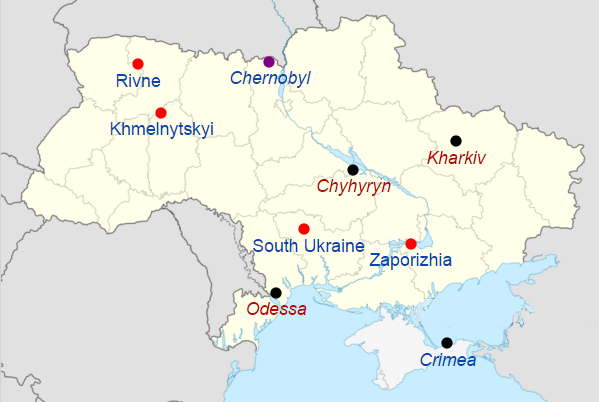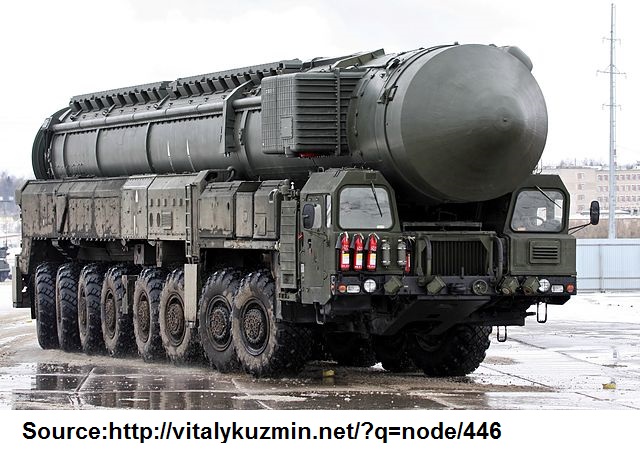The debate over the international Iranian nuclear deal did not end when the papers were signed. The debate has continued over whether or not Iran is abiding by the terms of the agreement. Critics of the deal which was signed in July of last year claim that the Iranians have repeatedly demanded concessions which the Obama administration has often yielded to in order to keep the arrangement alive. They say that the Obama administration is rewriting the general consensus among parties to the deal in the U.S., Europe and the Middle East.
One of the big bones of contention is the Iranian ballistic missile system. As the nuclear accord was being crafted, some parties demanded that the cancellation of the Iranian research and development of ballistic missiles should be part of the deal. They were afraid that Iran would create increasingly powerful and sophisticated missiles with greater and greater ranges that could carry nuclear warheads and threaten nations beyond Iranian enemies in the Middle East.
When Iran tested fired a missile in March of this year, at first the U.S. officials reported the test to the U.N. Security Council as a violation of the accord. Then Russia stepped in and claimed that while the accord called for Iran not to test missiles, the accord did not actually prohibit such tests. The U.S. representatives accepted the Russian interpretation and withdrew their complaint.
Over the objection of critics, the U.S. Secretary of State increased the separation of the nuclear deal from the Iranian missile program last week and said that there should be new negotiations with Iran to resolve concerns. The Iranians say that their missile program is simply “non-negotiable.” Apparently, the U.S. has no leverage given the accepted interpretation of the accord to exert pressure on the Iranians.
Another contentious issue is that of Iranian access to the U.S. financial system. The Obama administration is moving toward easing restrictions on Iran’s access to the dollar. Despite official lifting of Iranian sanctions, big Western banks are still not excited about doing business with Iran. By allowing Iran to conduct business in dollars, the administration is letting banks know that they no longer have to worry about being fined for doing business with Iran.
Critics say that some of the financial restrictions against Iran have nothing to do with the Iranian nuclear program. Instead, they are aimed at accusations that Iran is funding terrorism, laundering money and carrying out other prohibited financial activities. By lifting the financial sanctions as part of the nuclear deal, the U.S. is basically surrendering its ability to inhibit these other unwanted Iranian behaviors.
These moves on the part of the Obama administration have raised bipartisan objections. Congressional members of both parties are criticizing the administration for reneging on promises made to gain Congressional approval for the nuclear accord. Critics of Iran point to Iran’s support of the Assad government of Syria and the Houthi rebels in Yemen as proof that Iran does not deserve the accommodations recently granted by the administration.






